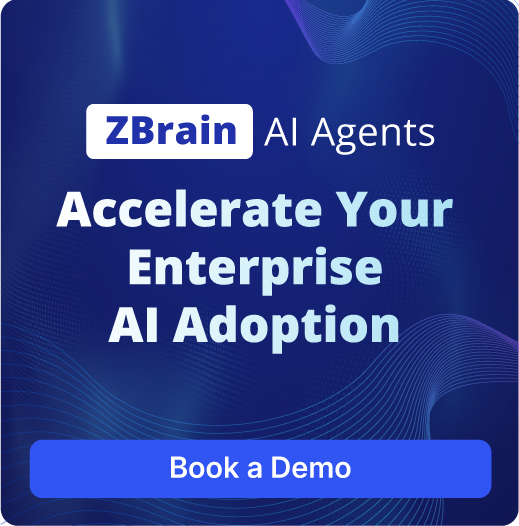
 Live
LiveContent Extractor Agent - LLM
Extracts and interprets content from various file types, including text, images, and data, using Multimodal Language Models.

 Live
LiveContent Extractor Agent - OCR
Extracts textual content from scanned or image-based documents using OCR, converting unstructured data into editable, searchable text for easy retrieval.

 Live
LiveContent Extractor Agent
Extracts content from PDFs, Docx, txt, and ppt files using multimodal LLM and OCR capabilities, ensuring accessible and organized data.

 Live
LiveContent Extractor Agent - LLM
Extracts and interprets content from various file types, including text, images, and data, using Multimodal Language Models.

 Live
LiveContent Extractor Agent - OCR
Extracts textual content from scanned or image-based documents using OCR, converting unstructured data into editable, searchable text for easy retrieval.

 Live
LiveContent Extractor Agent
Extracts content from PDFs, Docx, txt, and ppt files using multimodal LLM and OCR capabilities, ensuring accessible and organized data.
Optimize Data Management with ZBrain AI Agents for Data Management
ZBrain AI Agents for Data Management enhance the efficiency of data processes by automating critical tasks within Document Services and Document Processing. These AI-powered agents are designed to transform how organizations manage and utilize their data, offering seamless solutions that save time and minimize errors. Through intelligent automation, ZBrain AI Agents for Data Management assist with data entry, organization, and retrieval, ensuring that data is always accurate and accessible. By leveraging these capabilities, businesses can focus on strategic analysis rather than manual data management tasks, leading to improved decision-making and operational efficiency. In addition to streamlining basic data operations, ZBrain AI Agents offer advanced functionality in Document Processing. This includes data extraction, categorization, and validation, which are essential for maintaining data integrity. Whether handling large volumes of paperwork or digitizing records, these AI agents reduce the workload on human resources, enabling teams to concentrate on strategic tasks. By integrating ZBrain AI Agents into your data management strategy, you not only enhance accuracy and consistency but also unlock the potential for more innovative uses of organizational data. This approach ensures that your data-driven initiatives are both effective and sustainable, setting the stage for informed business growth.

